After first encountering purple clay pots, enthusiasts will come across various pieces of knowledge about them. However, some of this so-called knowledge is created as selling points and gimmicks by pot sellers.
If enthusiasts buy and use pots based on these standards, they will fall into a trap. Today, let's analyze this briefly.
Inverted Without the Lid Falling Off
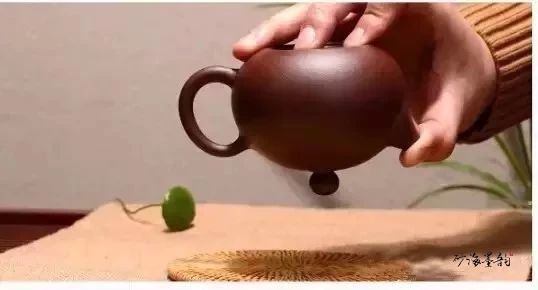
▲ Full Water Inversion
This is actually a selling point for merchants, proving good air-tightness. At first glance, it seems right, but in fact, there's little logic to it.
It's simply a matter of “the physical principle of internal and external atmospheric pressure,” which keeps the lid from falling off. This mostly applies to shapes like the Xi Shi, while types like Shi Piao or Hanwa can't be inverted at all.
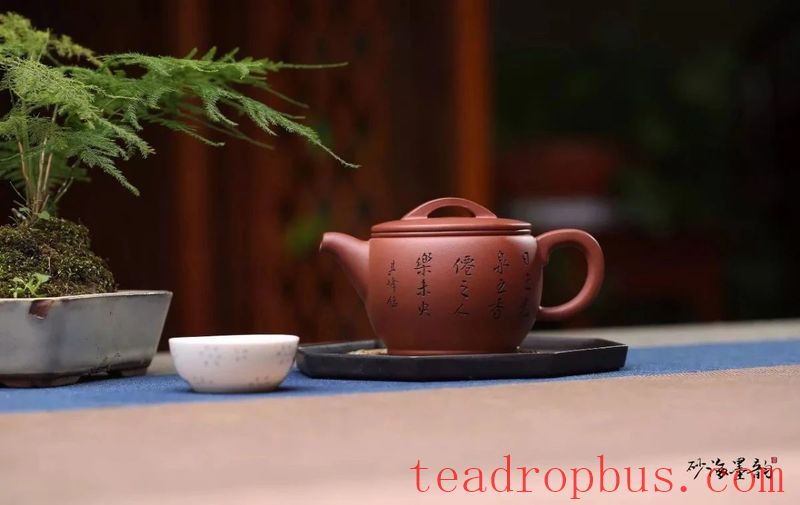
▲ Hanwa Shape
There's also the ability to lift the entire pot by pinching the lid knob without it falling off. This is all about the “skill of the pot's whole mouth,” separate from the quality of the pot itself.
Therefore, when buying a pot, enthusiasts should no longer use inversion as a criterion.
Three Peaks Aligned
This has been covered in previous articles: Does the pot not being good mean that the spout, mouth, and handle are not on the same horizontal line, due to inadequate craftsmanship?
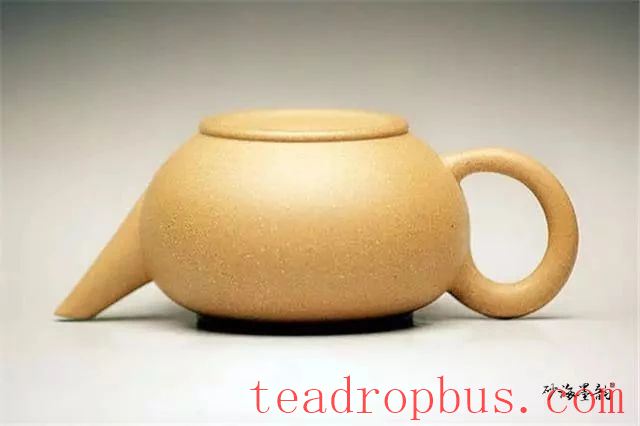
▲ Three Peaks Aligned
Aligning the three peaks in a straight line during pot making is easy. Some pots are not aligned because adjustments have been made for practicality and structural aesthetics.
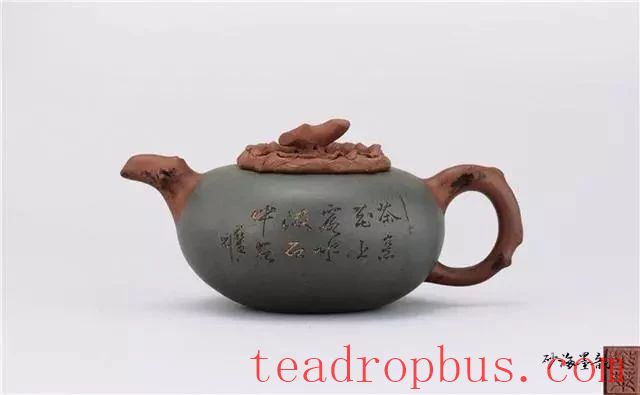
▲ Persimmon Pot
For example, with a persimmon pot, the spout must be higher than the mouth. If the three peaks are aligned, the water inside the pot would overflow from the spout before it is full, which doesn't meet the standard.
So, enthusiasts should not use the alignment of the three peaks as a criterion when buying a pot.
Inner Wall Seal
The distinction between fully handmade and semi-handmade has probably been analyzed and discussed since enthusiasts first came into contact with purple clay. Many enthusiasts often assume that a pot is fully handmade just because it has an inner wall seal.
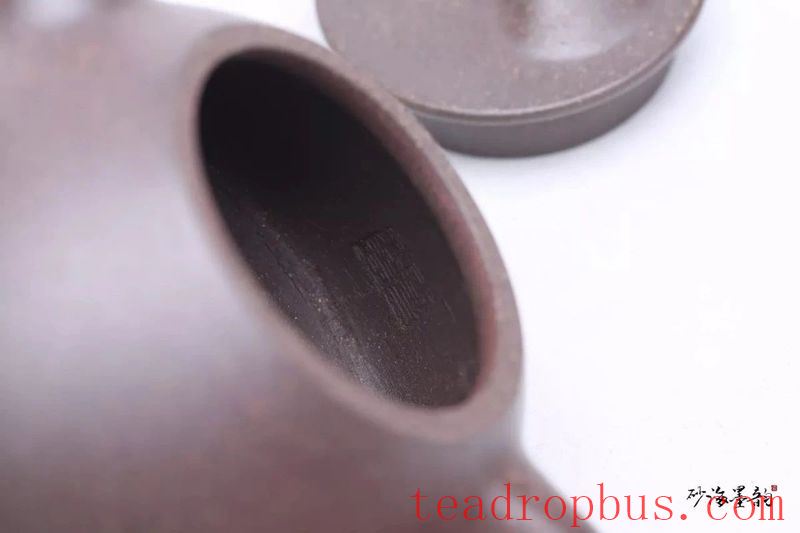
▲ Inner Wall Seal
This is not necessarily true. Nowadays, some merchants sell pots at a higher price by passing off semi-handmade ones as fully handmade, and the difference represented by the inner wall seal has been overcome.
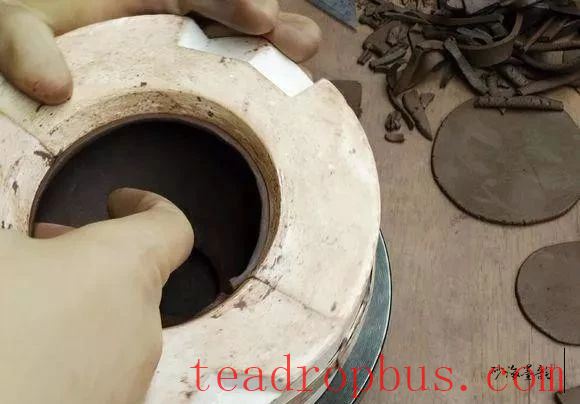
▲ Soft Seal Pressed onto Inner Wall
By stamping a small rubber soft seal onto the inner wall of the pot, a false impression of a fully handmade inner seal is created. Many newcomers cannot distinguish between the two, and only a few experienced players can tell through shape deformation and depth of marks.
So, enthusiasts should not assume that a pot with an inner wall seal is fully handmade when buying one.
Note: Enthusiasts should not stigmatize semi-handmade pots, thinking that they are inferior. Semi-handmade and slip-cast model pots are entirely different concepts.
Tofu and Sugarcane Seasoning
Finally, there's the seasoning of the pot. The “tofu and sugarcane seasoning method” is utter nonsense, and enthusiasts should not do this anymore.
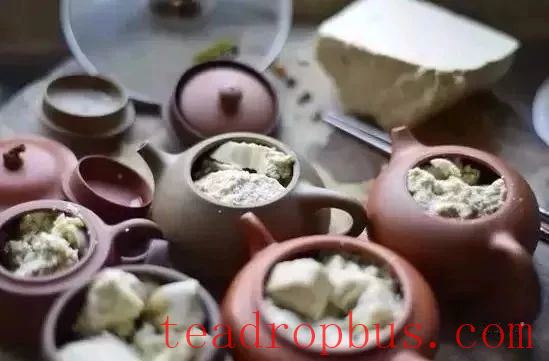
▲ Tofu and Sugarcane Seasoning
This method of seasoning was originally proposed by merchants to satisfy people's desire for ritual, but it is not a genuine traditional seasoning method passed down through history.

▲ Rinsing Clean
Clean the pot, rinse it with hot water, then steep Tea leaves in it for a long time. Afterward, discard the contents and clean it thoroughly. It can then be used normally for brewing tea.
If there are any copyright issues, please contact us to remove them.